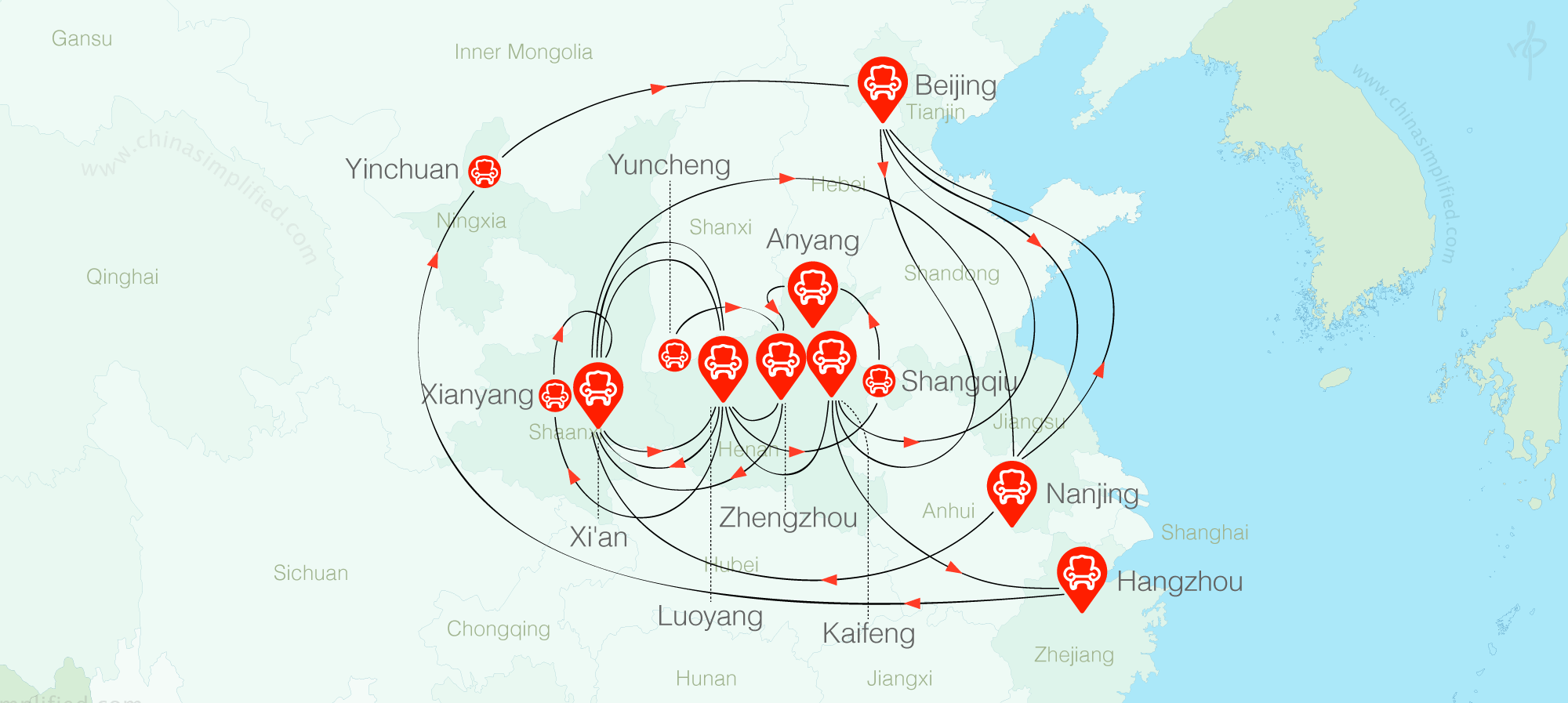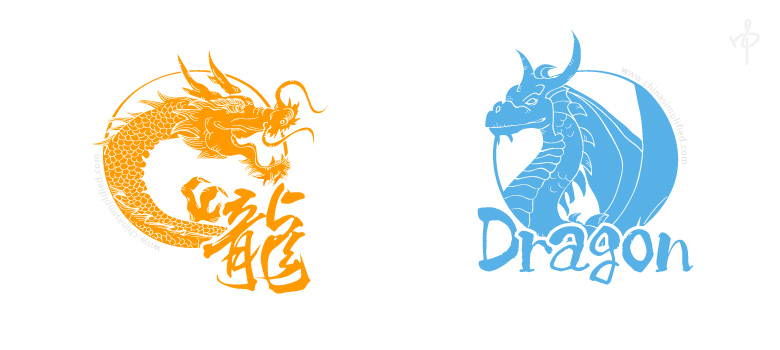History books effuse about the sublime glory of the Han, Tang, Ming, <add your favorite here> and the visionary emperors who built incredible palaces. Let’s explore China’s historic capital proliferation and dig into what’s so unique about Beijing.
Chinese rulers come in many shapes and sizes, hailing from different regions and overcoming a myriad of challenges to consolidate power. Once in charge, it wasn’t uncommon for a new emperor to shift the imperial capital in order to:
- Rebuild after a great loss, as in the Han era when Liu Bang moved the capital from Xianyang to nearby Chang’an (now Xi’an), after the former was destroyed during a rebellion.
- Make the capital less accessible to enemies, for example, the Song era shift from Kaifeng southwards to Hangzhou to evade the Khitans and Jurchens.
- Move away from uncooperative lords, such as the relocation of the Zhou Dynasty capital to Luoyang.
- Keep a closer eye on conquered subjects was part of Kublai Khan’s logic in choosing Beijing as the Mongol capital for the Yuan Dynasty.
- Better leverage a support base, as when Zhu Di returned the capital to Beijing from Nanjing hoping to draw strength from his Yan supporters in the north.
- Run away from the ghosts of former adversaries, which may explain why Wu Zetian, the only female emperor, bounced from Chang’an to Luoyang palaces during the Tang era.
China’s Big Eight Capitals 中国八大古都










